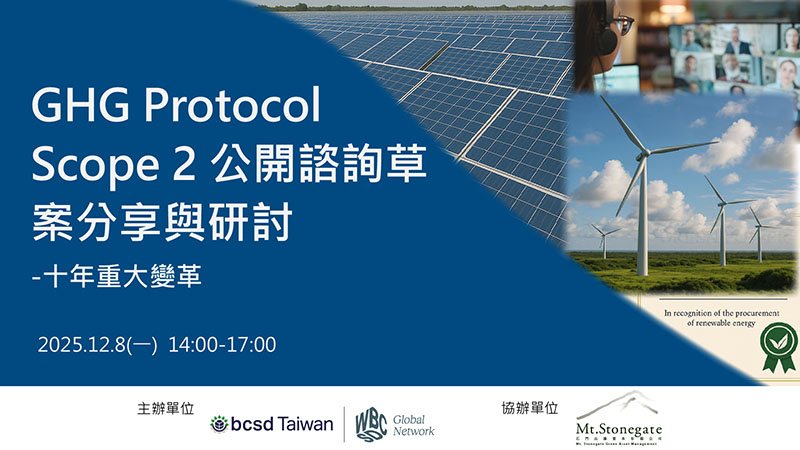Insights from the Asia Carbon Summit 2025: Advancing Climate Ambition Through Article 6
- Sep 16, 2025
- 2 min read

Article 6 of the Paris Agreement is a transformative tool for mobilizing private sector investment in climate action, particularly in developing countries. By enabling international cooperation through carbon markets, Article 6 could deliver $250 billion in annual cost-savings by 2030, doubling current Nationally Determined Contribution (NDC) ambitions without additional expenses.
Key Mechanisms:
Article 6.2 facilitates bilateral cooperation between countries and corporations, allowing the use of independent crediting programs.
Article 6.4 establishes the Paris Agreement Crediting Mechanism (PACM), a UN-supervised system for high-integrity carbon credits. Over 1,041 activities have already submitted Prior Consideration Notifications to participate, signaling strong private sector interest.
Growing Demand for ITMOs:
The global demand for Internationally Transferred Mitigation Outcomes (ITMOs) is rising, with projections reaching 685 million tonnes of CO₂ by 2030. Major buyers include Japan (100 MtCO2e), South Korea (37.5 MtCO2e), Singapore (25 MtCO2e), and Switzerland (20.3 MtCO2e), Sweden 20 MtCO2e) and Norway (16 MtCO2e) each, alongside CORSIA (466 MtCO2e).
Challenges:
While Article 6 is now operational post-COP29, delays in methodology approvals and unclear national frameworks create uncertainty. Only five Asian countries—UAE, Maldives, Japan, Nepal, and Singapore—have explicitly included Article 6 in their updated NDCs for 2035. Although over 70 bilateral agreements have been signed, persistent uncertainty regarding country-specific frameworks is hindering both supply and broader participation.
Opportunities:
The private sector recognizes significant opportunities in Article 6.4, including risk mitigation, high environmental integrity, and technology cooperation.
Market expectations suggest that prices for ITMOs and Article 6.4 ERs (Emission Reductions) will be higher, driven by their eligibility under CORSIA and other compliance mechanisms. This growing demand is expected to further incentivize investment in high-quality carbon credits
Scaling Up Ambition from IETA:
IETA’s new paper outlines critical steps for governments to integrate Article 6 into NDC 3.0, emphasizing:
Foundational Readiness: Clear mitigation targets and sector priorities.
Enabling Readiness: Robust accounting and legal frameworks.
Market Readiness: Transparent authorization processes and benefit-sharing strategies.
As COP30 approaches, aligning carbon markets with national climate goals will be essential to unlock private investment and accelerate global climate action.




Comments